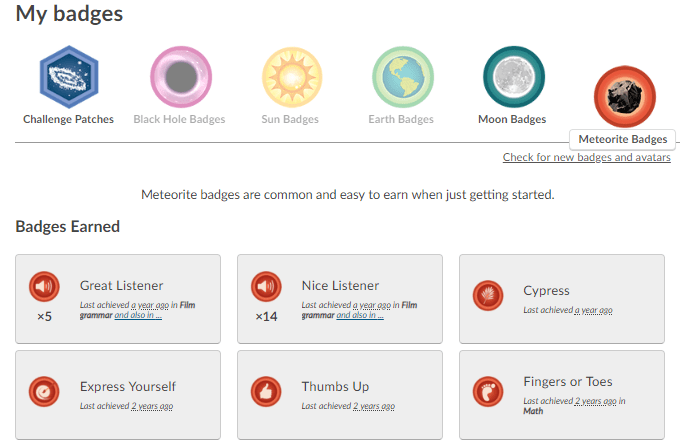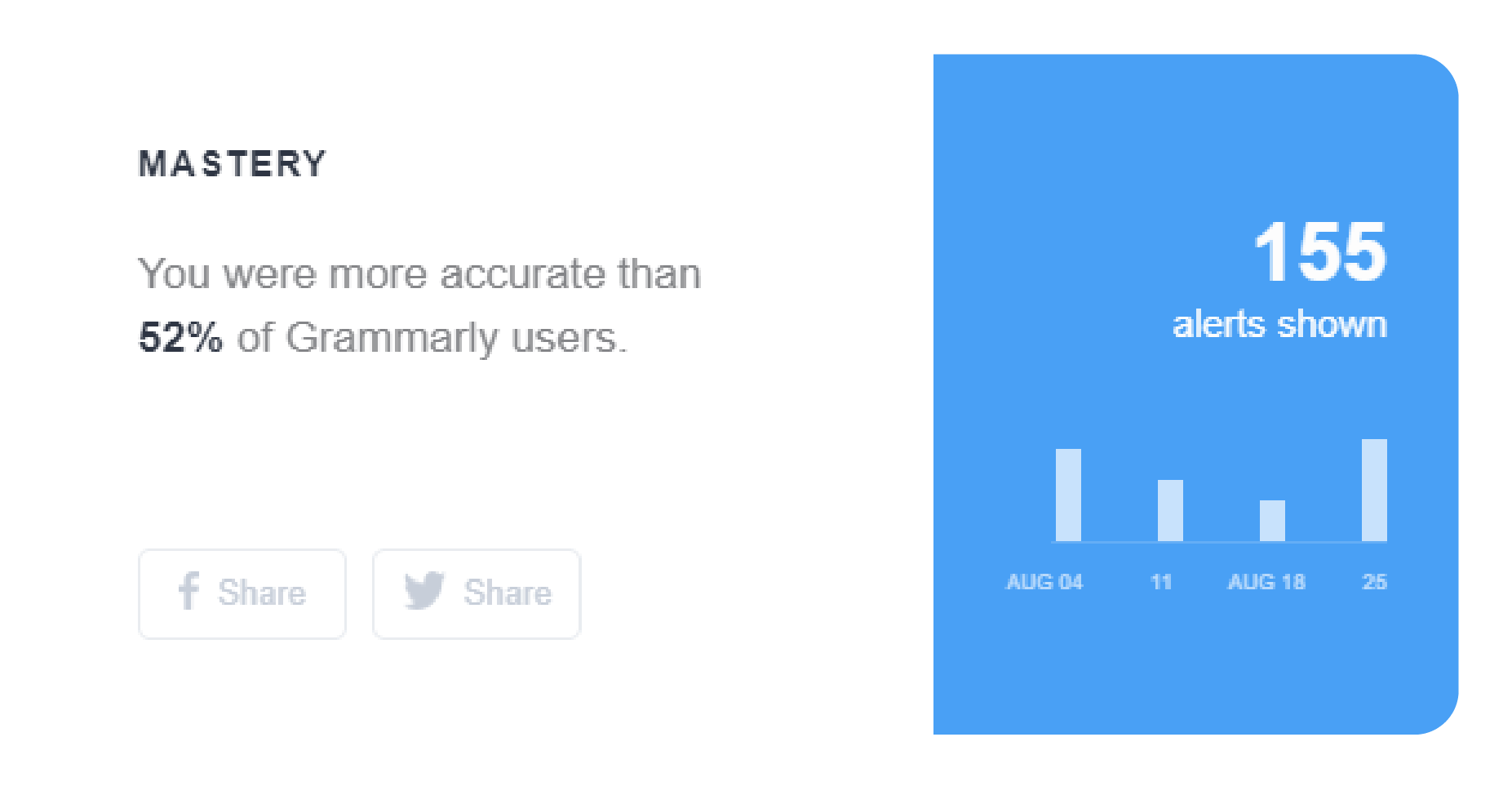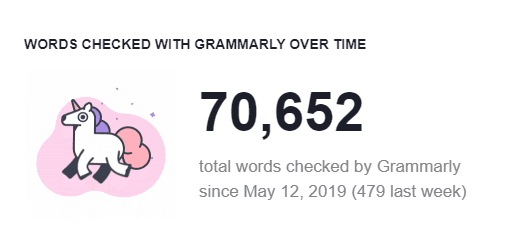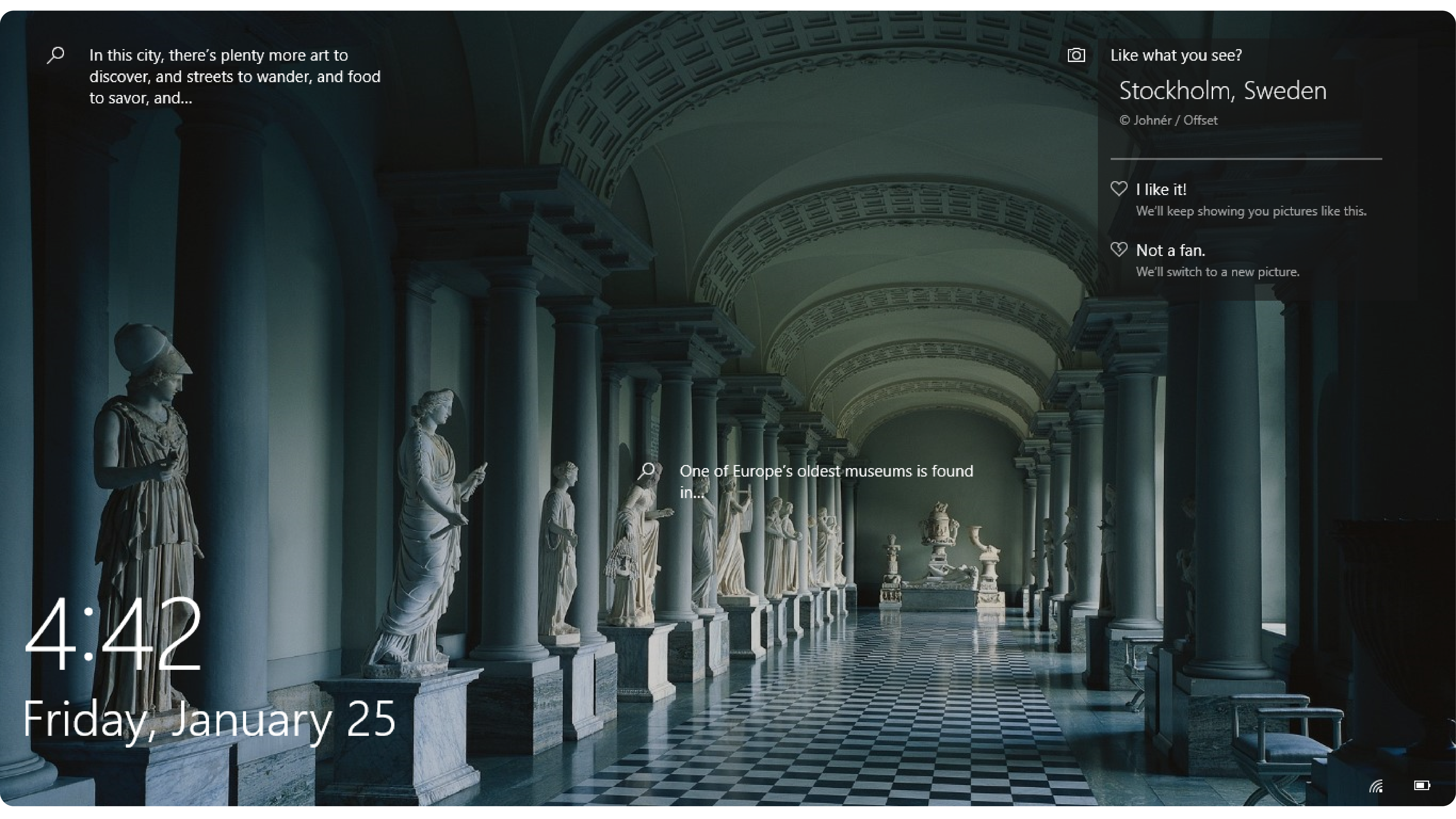Ever since I got my first Nintendo as a kid, video games have a significant role in my life, and it’s where I draw my interest and inspiration for creating content quite often. Countless times, I’ve been amazed by the user experience that a good game can offer.
It’s that same feeling as exploring a new website, and it feels like there is something cool behind every click or the app that makes you feel like a productivity god.
Sometimes it can be obvious, but other times it can be hard to figure out why you find something so amazing– It just is.
Why is UX important for my brand?
In the digital world, user experience is a strong drive behind the consumer’s choice for the brands they find trustworthy, valuable, and comfortable to use. Whether it’s that productivity app, the mailing service, or the movie streaming platform, what consumers experience along the way, can make or break the decision about the brand they choose.
The design of your website, the features of your product or service, even the content you produce, all have an impact on the consumer experience. Consequently, that can have a meaningful impact on the overall status of your business.
But what exactly hides behind great and meaningful UX?
This article was inspired by the book “UX for Beginners” by Joel Marsh, and inside he says “Everything has a user experience. Your job is not to create the user experience. Your job is to make it good.”
The way that I see it, people show up to see what you have to offer, and it’s up to you as a brand to make sure what they get improves their current state somehow. Whether that means they get value, entertainment, or something else.
With that in mind, I want to share with you five examples of UX features that make these brands more enjoyable for me, you, and the world.
1) Gamification
Khan academy is a platform created for personalized digital learning with programs that range from biology to computer programming. As you start your personalized learning, you get introduced to the points and badges system. In short, the more time you spend learning, the more you progress, the more points you get, you discover unlockable things for your profile, and you earn badges.
 Targeted towards a younger audience, this gamification of the experience makes users feel great about learning on the platform and keeps their satisfaction levels high. How does it work?
Targeted towards a younger audience, this gamification of the experience makes users feel great about learning on the platform and keeps their satisfaction levels high. How does it work?
Rewarding Behaviour
When you’ve been watching a movie for an hour, there is no point in stopping 20 minutes before it ends right? That would mean that all the progress you’ve made so far is lost, and you don’t even get to see the payoff.

Whether it’s real or something fictional like a badge, when a user is aware of the progress made, it’s hard to give it up. We want to protect what we’ve earned with our actions. That makes simple things like rewards, milestones, or collectibles an important element of the user experience.
Give your consumers a positive feeling of accomplishment, and they will give you more of their attention in return.
2) Insights Data
Grammarly is a tool that helps users with text formatting, grammar, and spelling. As part of their service, they send you a weekly writer update that has stats about your use. It tells you where you stand compared to others, by comparing productivity, accuracy, and the vocabulary that you’ve used.

Targeted towards writers, the insight it provides on a regular basis can motivate users and help them improve their writing. How does it work?
Establishing Status
Similar to the need for counting likes or followers, these statistics help users compare their status to others, or to even compete with them. It establishes the feeling of personal control over the situation and the progress you make with time.

Many brands do this by organizing public competitions where the best user-created content earns a prize or other compensation. The need to communicate, compare, and to compete is something that comes to us naturally, and a lot of brands are designing experiences that work with that.
Give your consumers the chance of a friendly competition where they can learn and have fun.
Grammarly happens to be our affiliate partner, and that is how we know it’s power. Get it today through our link, it’s completely free!
3) Going social
Facebook is the biggest social platform at the moment, and If you’ve been following the news, you know about their recent efforts to improve and expand on the Facebook Groups experience. As the platform is changing their whole look, the section dedicated to group interaction is becoming one of the main priorities for the company moving forward.

With the large base of users, people can easily find and join specific communities based on their interests. How does it work?
Empowering Affiliation
If you’ve talked to any sports fan out here, you are probably familiar with the passionate way of talking about their favorite team. They say things like “We’re getting the trophy this year!”, they wear clothes with the team colors, and they probably won’t answer the phone when the game is on.

Being a part of a group, makes users feel good, it lets them know that they belong somewhere, and it makes them feel like things they do have a bigger purpose. That is one of the main reasons that private groups are taking the throne from public pages.
Give your consumers the chance to feel like they belong and that they are part of a larger community.
4) Fun Facts
Windows 10 is the latest version of Microsoft’s operating system, and one of the new features it introduced is a lock screen that changes every day. When you open your laptop, you get a visually stunning image, some usual stuff like the time and date, but you also get some interesting facts alongside. Each picture comes with some information about the place and the possibility to quickly click and find out more.

While this is not an essential feature, it can certainly take the visual experience of the user to the next level. How does it work?
Inspiring Curiosity
The need to get more information on something that has been teased or introduced to them is a chance that users take more often than not. Clickbait titles, movie trailers, and product samples are all things that play on our need to reach a new level of understanding or to know more.

That is why good stories grab on and hold our attention from beginning to end. When you introduce a piece of information to the user that captures their attention, they most likely would want to know more.
Give your consumers a chance to learn and understand new information with the help of exciting setup and valuable payoff.
5) Taking action
Moving on to a different type of story, Instagram is a platform that took the concept of disappearing photo updates and made it go viral across different generations. The stories that people post are different than normal photos because they last only 24 hours, and after that, they’re gone forever. Additionally, there is a colorful circle around the stories you haven’t seen to let you know if new ones are waiting.

This feature gives the users the chance to post even more updates about their daily lives, and to stay updated on the interesting details about those of others. How does it work?
Building Habits
The first thing we check for when we unlock our phone is the new notification bubble. The red bubble appears to let us know that something new and exciting is waiting for us when we click and open the respective app. After a while, this behavior of action equals reward can easily become a habit.

The concept of that information being limited to a time period makes things even more interesting for users. Every time a user opens the app, there is something new to see there, and if they click too late, it will be gone forever. This can have users returning often to reap the reward of new information.
Give your consumers the benefit of knowing what to expect from you by using a posting schedule, announcements, or regular updates.
What is the main ingredient of UX?
Although it can come with different features, all these UX examples can be connected by one thing, that is, predicting the mindset of the potential user, audience, or consumer.
The more that you’re Intune with your audience, the better experience you’ll be able to provide to them. That includes building a community they would want to be part of, delivering content they find interesting, providing features that are rewarding, and so on.
That means that you should always focus on your target users, listen to them, and learn their needs, so you can always introduce the right features that will improve their experience and their relationship with your brand.

